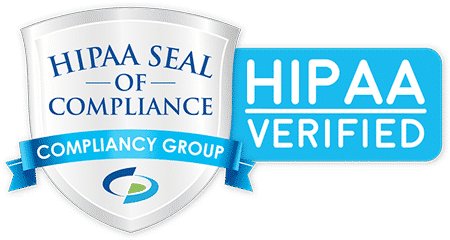Welcome to WordPress. This is your first post. Edit or delete it, then start writing!

Hello world!
Latest Comments
No comments to show.
Contact
- credentialing@proenrollment.com
- +1 206 222 6251

Welcome to WordPress. This is your first post. Edit or delete it, then start writing!
Tags:
No responses yet